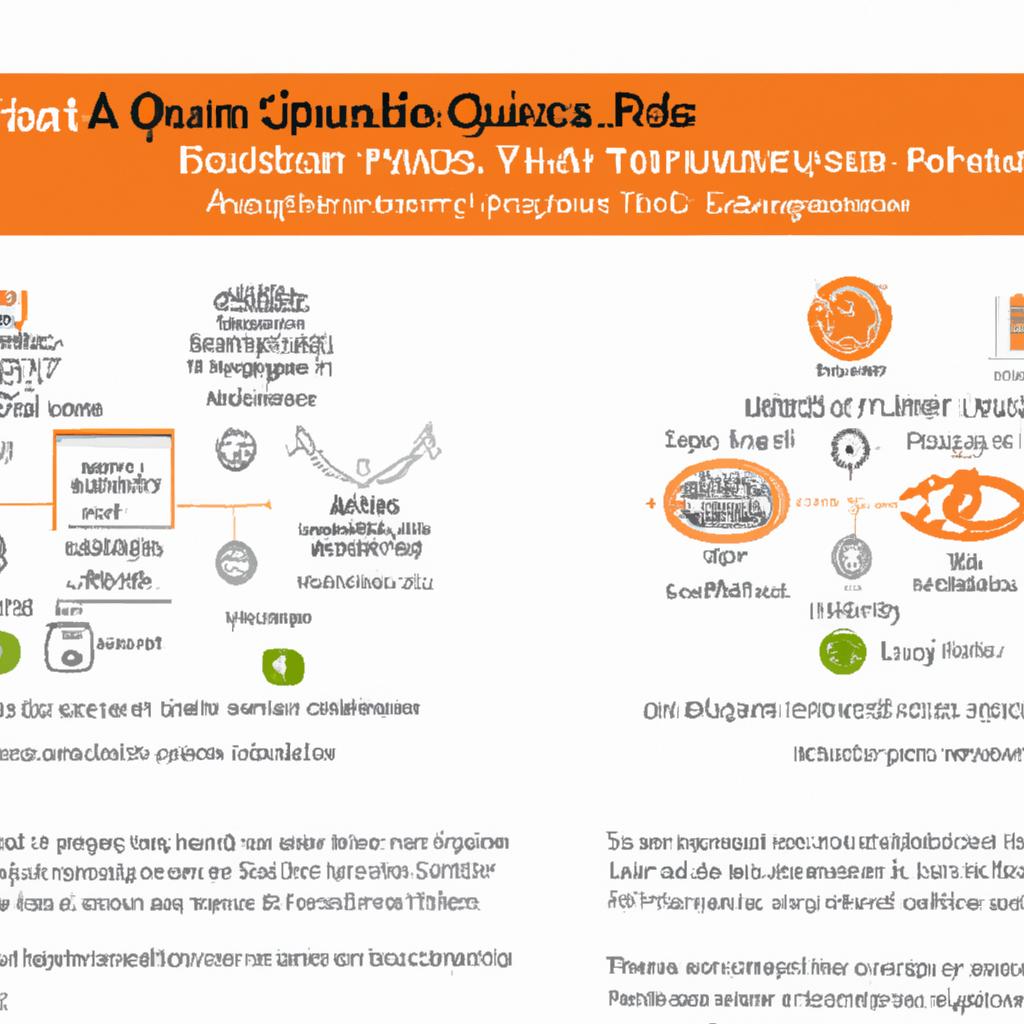Choosing the Right QA Partner Tutorial
In today’s competitive software development landscape, choosing the right QA partner is crucial for ensuring product quality, timely delivery, and customer satisfaction. This tutorial will walk you through a step-by-step process for selecting a quality assurance (QA) partner, focusing on best practices, essential criteria, and common pitfalls to avoid. Leverage this guide to make informed decisions and foster successful QA collaborations.
Why Choosing the Right QA Partner Matters
Collaborating with the right quality assurance partner can significantly improve your software’s reliability, performance, and user experience. The right QA team brings expertise, objectivity, and a structured approach to testing processes, which helps in identifying bugs early, reducing costs, and accelerating time-to-market. A poorly chosen QA partner, on the other hand, can lead to delayed releases, increased technical debt, and damaged reputation.
- Ensures robust software quality and compliance
- Reduces risk of post-release defects
- Allows core teams to focus on development
- Brings in domain-specific testing expertise
- Offers scalable resources for different project needs
Key Considerations for Selecting a QA Partner
Before you initiate your search for a QA partner, it is important to outline your business goals, project requirements, and quality standards. Here are some vital factors to consider:
- Domain Expertise
- Choose a partner with experience in your industry, whether it’s fintech, healthcare, e-commerce, or another sector. Industry knowledge ensures relevant test coverage and compliance.
- Technical Skills
- Assess the partner’s technical proficiency in test automation, manual testing, performance testing, security audits, and use of modern QA tools such as Selenium, JMeter, or Cypress.
- Process Maturity
- A mature QA process is crucial for consistent results. Look for partners with well-defined methodologies (Agile, DevOps, CI/CD integration) and quality certifications (ISO, ISTQB).
- Communication & Transparency
- Effective communication, regular reporting, and transparency in test results are vital for trust and collaboration.
- Scalability & Flexibility
- Your QA needs may evolve. Choose a partner who can scale resources up or down and adapt to changing requirements.
Evaluation Criteria: What to Look For
When evaluating potential QA partners, use these criteria to guide your decision-making process and ensure alignment with your project objectives:
| Criteria | Questions to Ask |
|---|---|
| Relevant Experience | Have they worked on similar projects or industries? |
| Technical Capabilities | What QA tools, frameworks, and automation solutions do they use? |
| Resource Quality | What are the credentials and certifications of their QA engineers? |
| Process & Methodology | How do they plan, execute, and report testing activities? |
| Security & Confidentiality | How do they handle data security and NDAs? |
| References & Reputation | Can they provide case studies or client references? |
Engagement Models and Collaboration
The success of your QA partnership also depends on the engagement model you choose. Here are the most common models:
- Dedicated Team: A full-time QA team dedicated to your projects, working as an extension of your in-house team.
- Project-Based: For short-term or one-off projects with clearly defined scopes and deadlines.
- On-Demand Testing: Flexible resource allocation based on your immediate QA needs, perfect for startups or agile projects.
Effective collaboration is fostered by clear communication channels, shared documentation (test plans, defect reports), and regular status meetings.
Common Mistakes When Choosing a QA Partner
- Focusing solely on cost instead of value and expertise
- Overlooking cultural and time zone differences that affect communication
- Insufficiently vetting resources and certifications
- Neglecting process maturity and automation capabilities
- Assuming one-size-fits-all solutions for complex projects
Best Practices for a Successful QA Partnership
- Set clear expectations from the start, including deliverables, timelines, and quality metrics.
- Establish regular communication through meetings and status reports.
- Monitor progress using dashboards, KPIs, and feedback loops.
- Encourage knowledge sharing and cross-training between internal and external teams.
- Continuously review and adapt testing strategies as project requirements evolve.
Conclusion
Choosing the right QA partner is a strategic investment in your product’s quality and your company’s reputation. By following this comprehensive tutorial and considering critical factors such as experience, technical skills, process maturity, and communication, you can find a partner who aligns with your business goals and delivers exceptional value. Remember, a successful QA partnership is built on trust, transparency, and continuous collaboration.

